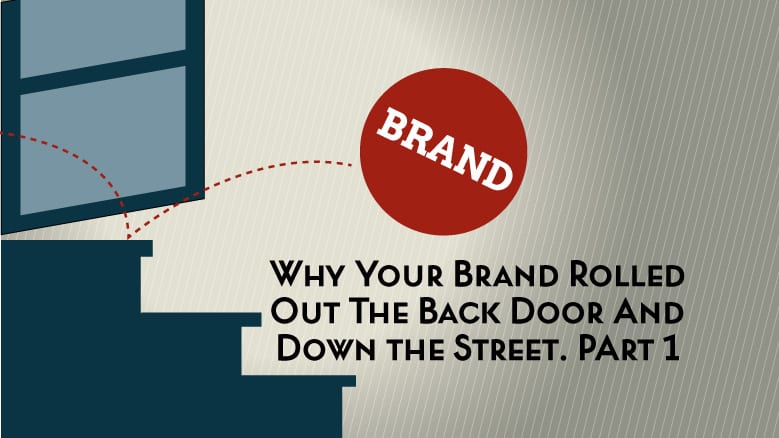
Completing the brand development process is a major milestone in any company’s history. After months of work it becomes time to introduce and roll it out to your employees and then your customers and the public in general. However after the party is over and the smoke has cleared, the brand is usually forgotten and your people return to status quo and it’s business as usual. Why?
In the first of two posts, here are 4 things to keep in mind to make the most of your brand development investment when rolling out your new brand internally and creating real brand change.
1. Get employee buy-in early
To make your brand rollout successful, get your employees involved early in the process. Identify the people in your company who are the centers of influence. Create a team of brand ambassadors. By getting your employees feedback and input—you will give them ownership of the new brand. Their feedback will provide the framework and direction of the changes that need to be made. When they see that the changes they suggested have been incorporated, they will be more likely to embrace the new brand. They will also act as advocates and defenders of the new brand when and if water cooler discussions turn negative about the coming changes.
2. Introduce the brand correctly
Also begin thinking about the brand rollout event early in the process. It can sometimes take months of planning depending on your budget. Each company is different, but you typically want to start by creating some buzz. Try to think of ways to get your employees excited about the new brand. Communicate some of the key benefits and changes coming and how they contributed to the new direction. Make the brand rollout party all about them. This will be your first chance to introduce the new brand and you’ll want to take some time to really think through how to best present it.
3. Leadership does the honors
The new brand should be introduced by the CEO or president. The brand development process is a top-down initiative and you’ll want to utilize the C-Suite’s influence. Take the steps needed to educate your employees on what a brand is and why it is important. After a little branding 101, go through the main communication points of the brand. Especially communicate what has changed and what will stay the same. Remember to communicate the purpose and the “why” behind the “what”. Seek to inspire through purpose.
4. Create “the change” through your employees
Lets face it, change is hard. Most companies—after the brand is rolled out—return to status quo. To create real brand change, new standards must be communicated and implemented within your workforce. To move the culture, changes must be made at the people level. So for example, you may want to consider the following:
- Through natural attrition, begin to replace the employees who leave with people who adhere and align with the brand’s new values.
- Use assessments to accurately determine the “jobfit” and “brandfit” of each candidate.
- Invest in employer branding to attract top talent.
- Train tenured employees to adapt to the changes being made.
- Pay employees to leave who are not adopting the change (See Zappos and Amazon examples)
The company with the best people wins. To create real brand change and to make the most of your brand development investment—start with your people early in the process and continue to build a culture based on your customers. Anything else is just pretty words and pictures.
In my next post, I’ll talk about the external rollout process.
For more information on how we can help you create real brand change within your organization, contact our agency for a complimentary brand assessment.





